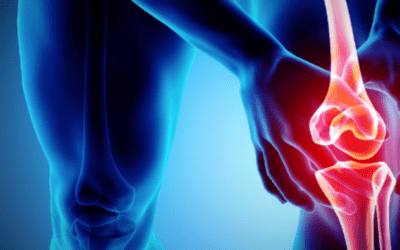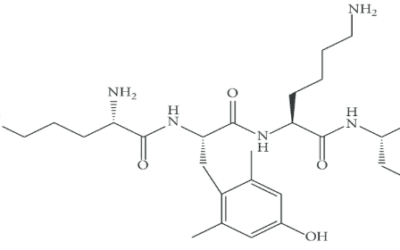Stemedix Regenerative Medicine Research and Health Awareness Blog
Stay up to date with the latest developments in regenerative medicine research and treatment. Subscribe to our newsletter.
How Long Does Stem Cell Therapy Last for Hips?
Hips are some of the strongest and largest joints in the body. They support the body’s weight and provide a wide range of motion. Despite their power, hips are susceptible to disease, trauma, and gradual degradation. Over time, hip joints can succumb to many different...
What Supplements May Help Support Mesenchymal Stem Cell Health?
Mesenchymal stem cells are critical in many types of innovative and healing therapies. Regenerative medicine, also known as stem cell therapy, can help manage condition symptoms and progression. Conditions can be an autoimmune disease or joint injuries. Because...
Stem Cell Therapy and Post-Management Care
Stem cell therapy is an exciting treatment option for patients who are facing a variety of health challenges. It is particularly beneficial for patients who are struggling with orthopedic and sports-related injuries. Like any athlete, these patients are all too eager...
A Review of Current Mesenchymal Stem Cell Clinical Applications
Human mesenchymal stem cells (hMSCs) are multipotent adult stem cells found in tissue throughout the body, including in the umbilical cord, bone marrow, and adipose tissue. Capable of self-renewing and differentiating into multiple tissues including bone, cartilage,...
Gut Bacteria May Be Major Factor in the Risk for Brain Damage
Gut bacteria have been a suspect in a number of brain disorders like Parkinson’s and autism since at least the mid-2000s. While more research continues to be done on this topic, gut microbes continue to be a prime suspect for some impacts on human health. While...
Stem Cell Therapy Benefits for Osteoarthritis
Before the advent of stem cell therapy, patients that were suffering from osteoarthritis were forced to rely on traditional treatment options. These treatments included oral medications, cortisone injections, and surgical intervention. Fortunately, stem cells have...
Dairy: Health Food or Health Risk
As one of the most debated foods on the market, some dieticians and physicians believe that milk is meant only for baby cows and that cheese has the same limited nutritional merit. Others tout its calcium, protein, and vitamin D, concluding that it is part of a...
Orthopedic Benefits of Stem Cell Therapy
Stem cells are a groundbreaking form of regenerative medicine that is being used to potentially help manage many ailments, including orthopedic injuries and chronic conditions. This treatment option offers many potential benefits to patients that suffer from...
Using SS-31 (Elamipretide) to Improve Mitochondria Dysfunction and Impairment
Mitochondria are essential components of each cell in the human body. Responsible for generating the energy required for cells to complete their normal and required functions, large scale or systematic mitochondrial dysfunction, when left untreated often results in...
What Are Antioxidants and Are They Beneficial to My Health?
Most people have heard the term “antioxidants.” They often associate the term with healthy nutrition and good diets. Still, many individuals do not understand what antioxidants are or the specific health benefits that they can offer. Below, we will discuss some of the...
Results for Stem Cell Treatment of Degenerative Disc Disease
Degenerative disc disease is one of the leading causes of neck and low back pain in adults. This medical condition results in many symptoms. It is caused by wear and tear on the spinal discs. In this article, we are going to talk about Stem Cell treatment of...
Targeting The Innate Repair Receptor To Treat Neuropathy Using ARA 290 Peptide
While medical knowledge and understanding of the pathophysiology associated with neuropathic pain have increased dramatically over the last 10 years, the medical community is still finding it difficult to control the chronic pain associated with this condition....













 St. Petersburg, Florida
St. Petersburg, Florida
